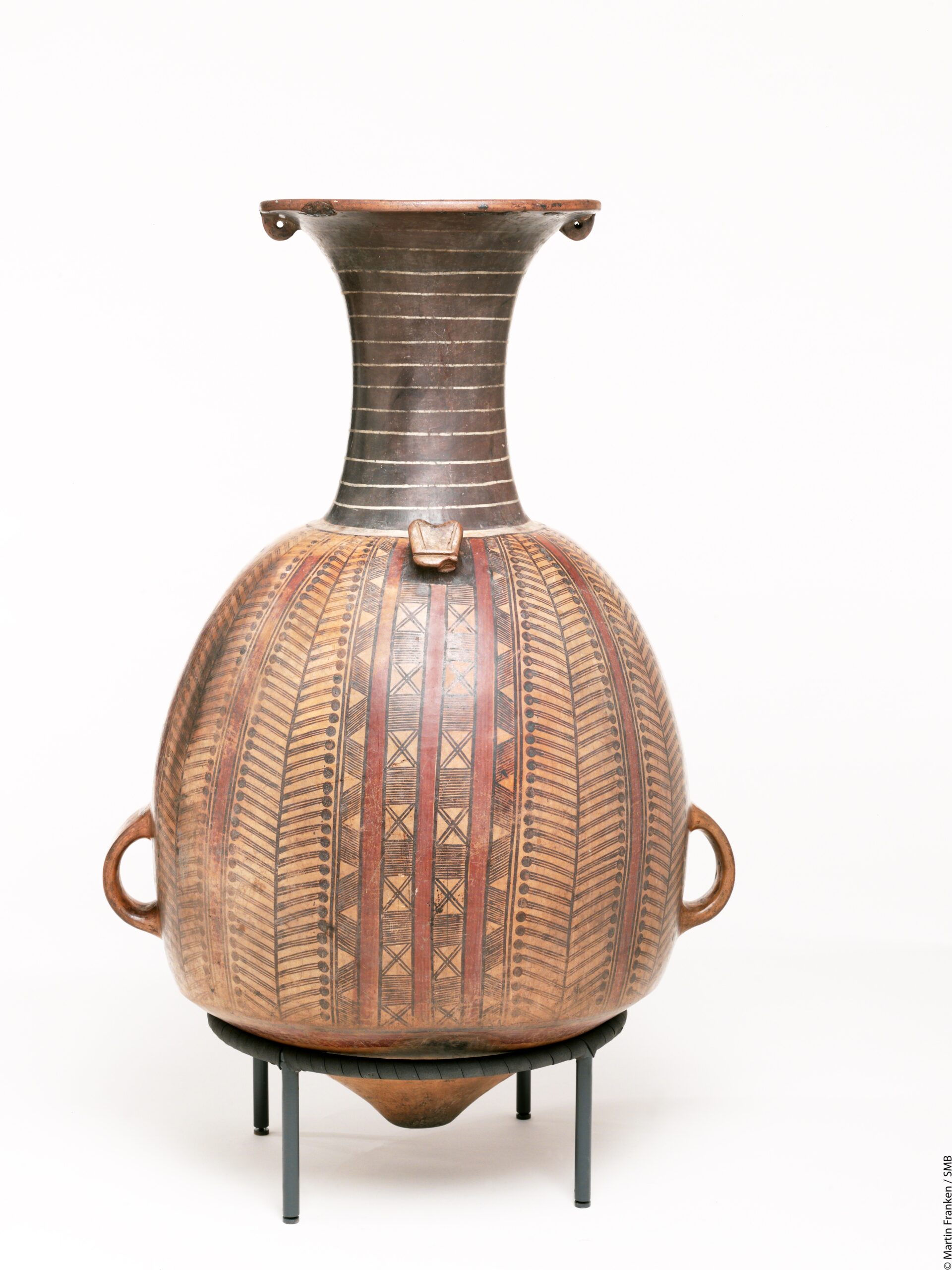On the Encounter between Art History and Inca Geometric Art
Ein Vortrag von Martina Baleva im Rahmen der Ringvorlesung: Entangled Art Histories. Objekte – Narrative – Diskurse
24. November 2022 | 17.15 Uhr | Raum E.002 (HS Agnes Muthspiel) | Unipark Nonntal
Inca art is highly geometric and often defined as abstract. Although this is repeatedly emphasized by scholars, very few studies have attempted to interpret an Inca geometric motif. This lack of interpretation perpetuates the colonial European perception of Andean art as incomprehensible. Inspired by contemporary Andean weaving, which clearly shows the relation between geometric shapes and tangible elements, this lecture offers a new approach to Inca art history. Applying traditional art historical tools such scale, depth, and perspective, but in accordance with Andean logic, I explore common geometric patterns found on Inca ceramics and interpret them as motifs relating to the cycle of maize plant cultivation and the storage of its fruit.
Die Vortragende:
Bat-ami Artzi, PhD from the Hebrew University of Jerusalem, is an art historian and archaeologist interested in Andean visual and material culture created by ancient and colonial indigenous societies. Her studies explore Andean gender structures, the Spanish invasion from the indigenous perspective, and ecologies, plants, and landscape. Her research was funded by, among others, Harvard University’s Dumbarton Oaks Research Library and Collection and the Institute for Art History in Florence.





